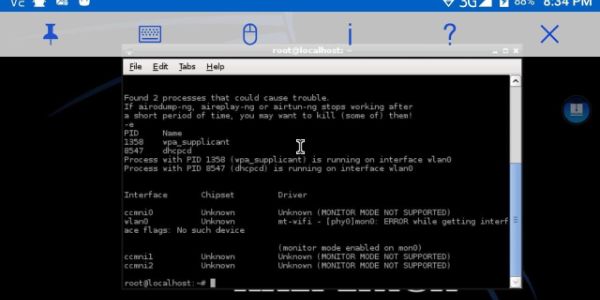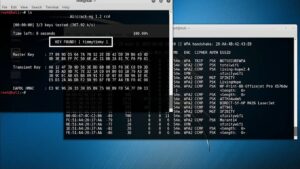In today’s digital age, where wireless networks are prevalent, ensuring security has become a critical concern. Aircrack-ng is a powerful tool widely used by cybersecurity professionals to assess the vulnerability of Wi-Fi networks. While primarily designed for Linux systems, it can also be installed on Android devices with additional steps. This blog post will explore the pros and cons of using Aircrack-ng on an Android platform.
Pros:
- Network Security Assessment: A primary advantage of using Aircrack-ng on your Android device is its ability to evaluate network security effectively. It allows you to perform various tasks such as monitoring network traffic, capturing packets, cracking WEP/WPA keys (with proper authorization), and conducting penetration testing – all from your mobile device.
- Enhanced Flexibility: Accessing Aircrack-ng functionalities directly on your smartphone or tablet running Android OS gives you flexibility regarding when and where to conduct network assessments or audits without relying solely on desktop computers or laptops.
- User-Friendly Interface: Several user-friendly front-end applications have been developed specifically for integrating with Aircrack-ng on an Android platform like Arcai.com’s NetCut Defender app or Router Keygen app that provide simplified interfaces, making it easier even for non-technical users to navigate through different features offered by this toolset.
- Educational Purposes: Using tools like Aircrack-ng helps individuals interested in ethical hacking techniques understand how vulnerabilities may exist within wireless networks while emphasizing responsible usage practices.
Cons:
- Legal Implications: It is crucially important, not only ethically but legally too, that any use of these tools adheres strictly to local laws governing unauthorized access attempts or activities related to computer systems/networks owned by others without explicit permission granted beforehand.
- Technical Expertise: While Aircrack-ng offers a user-friendly interface on Android, it still requires specialized knowledge and expertise to operate effectively. Users must understand networking protocols, encryption methods, and the potential risks of using this toolset properly.
- Device Compatibility: Not all Android devices are compatible with Aircrack-ng due to hardware limitations or software restrictions imposed by manufacturers. Therefore, users must ensure their device meets the requirements before installing it.
Conclusion:
Aircrack-ng for Android provides network security professionals and enthusiasts with robust tools conveniently accessible from their mobile devices. Assessing Wi-Fi networks’ vulnerabilities on the go can be advantageous in various scenarios, such as penetration testing or educational purposes.
However, one should exercise caution when using these tools since unauthorized access attempts may lead to ethical and legal consequences if misused. Additionally, sufficient technical knowledge is essential for effective utilization while ensuring compatibility between your device’s hardware/software specifications and Aircrack-ng’s requirements.
Ultimately, responsible usage combined with continuous learning about wireless network security will help individuals leverage the benefits offered by Aircrack-ng without compromising the integrity or violating any laws governing cybersecurity practices.








